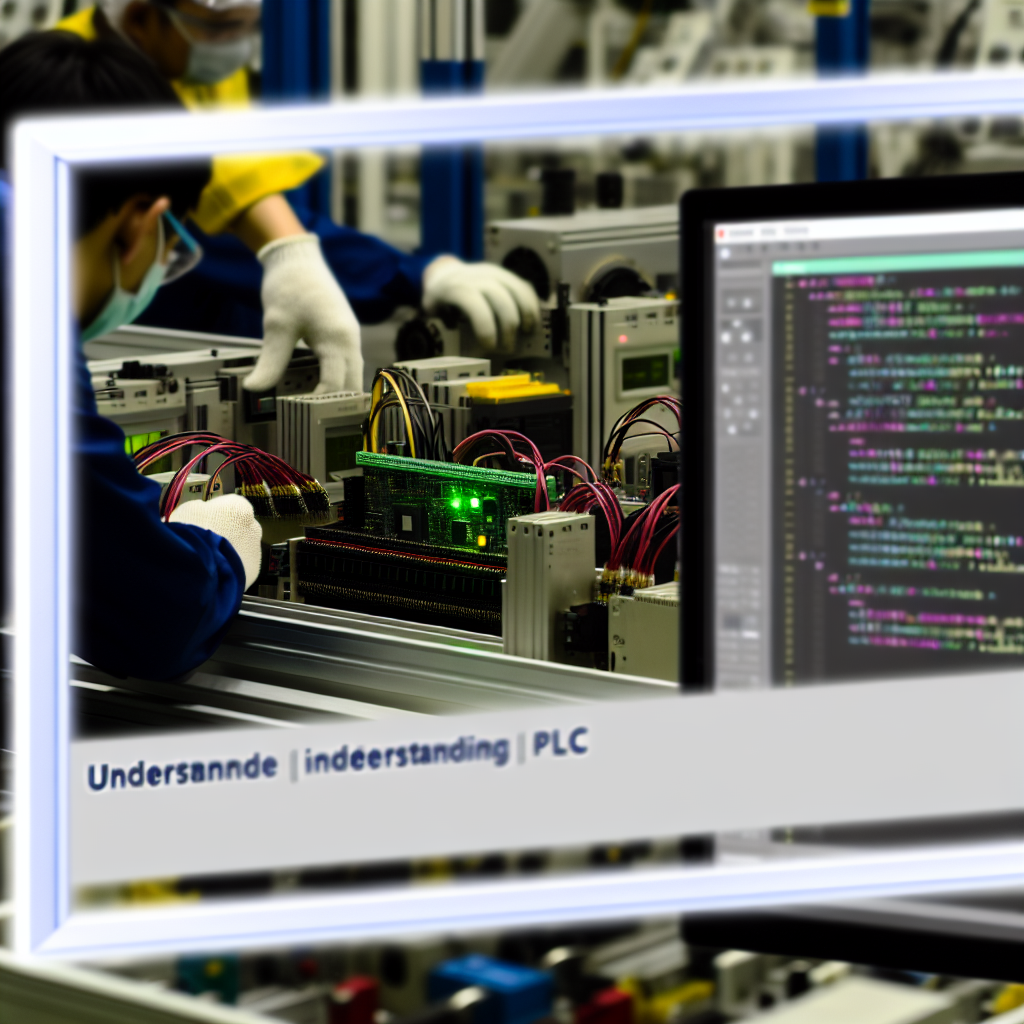A Programmable Logic Controller (PLC) is a specialized computer used extensively in industrial automation to control machinery and processes. Understanding what a PLC is, how it functions, and its importance in modern manufacturing can enhance your knowledge of automation technology. Let’s explore the core aspects of PLCs to grasp their vital role in industry.
What is a PLC and How Does It Work?
A Programmable Logic Controller (PLC) is an industrial digital computer designed specifically for controlling electromechanical processes in manufacturing, automation, and other industrial environments. Unlike conventional computers, PLCs are built to withstand harsh conditions such as extreme temperatures, moisture, dust, and electrical noise, making them suitable for use in factories and production lines.
At its core, a PLC operates by continuously monitoring input signals from various sensors and switches. Based on a programmed set of instructions—commonly written in ladder logic or functional block diagrams—it processes these inputs to generate appropriate output signals that control machinery, motors, valves, or other devices. This real-time processing enables precise and reliable automation of complex processes.
Key Components of a PLC
- Central Processing Unit (CPU): Acts as the brain, executing programs and managing data processing.
- Inputs and Outputs (I/O): Interface with sensors, switches, and actuators to receive input signals and send control signals.
- Memory: Stores the program code and operational data essential for process control.
- Power Supply: Provides the necessary electrical power to keep the PLC functioning reliably.
PLCs are programmed using specialized software that allows engineers to develop logical sequences for controlling industrial equipment efficiently. Their ability to be reprogrammed and reconfigured makes them adaptable to different automation tasks, allowing industries to optimize their processes over time.
Conclusion
In summary, a PLC is a robust, programmable digital device essential for automating industrial systems. By continuously monitoring inputs and executing programmed instructions, it ensures the smooth operation of manufacturing processes, even under challenging conditions. Understanding how PLCs work helps industries improve efficiency, safety, and flexibility in automation. Embracing this technology is crucial for staying competitive in today’s manufacturing landscape.
